Hi, Giktayms! Even those who have never been interested in premium audio equipment have probably heard about one of the leading manufacturers in this segment - Astell & Kern (if not on the Web, then, for example,
on our blog ). Today we will continue to get acquainted with the devices of the company, which was founded in 1999 by people from Samsung and has been known to millions for a long time by the name iRiver.
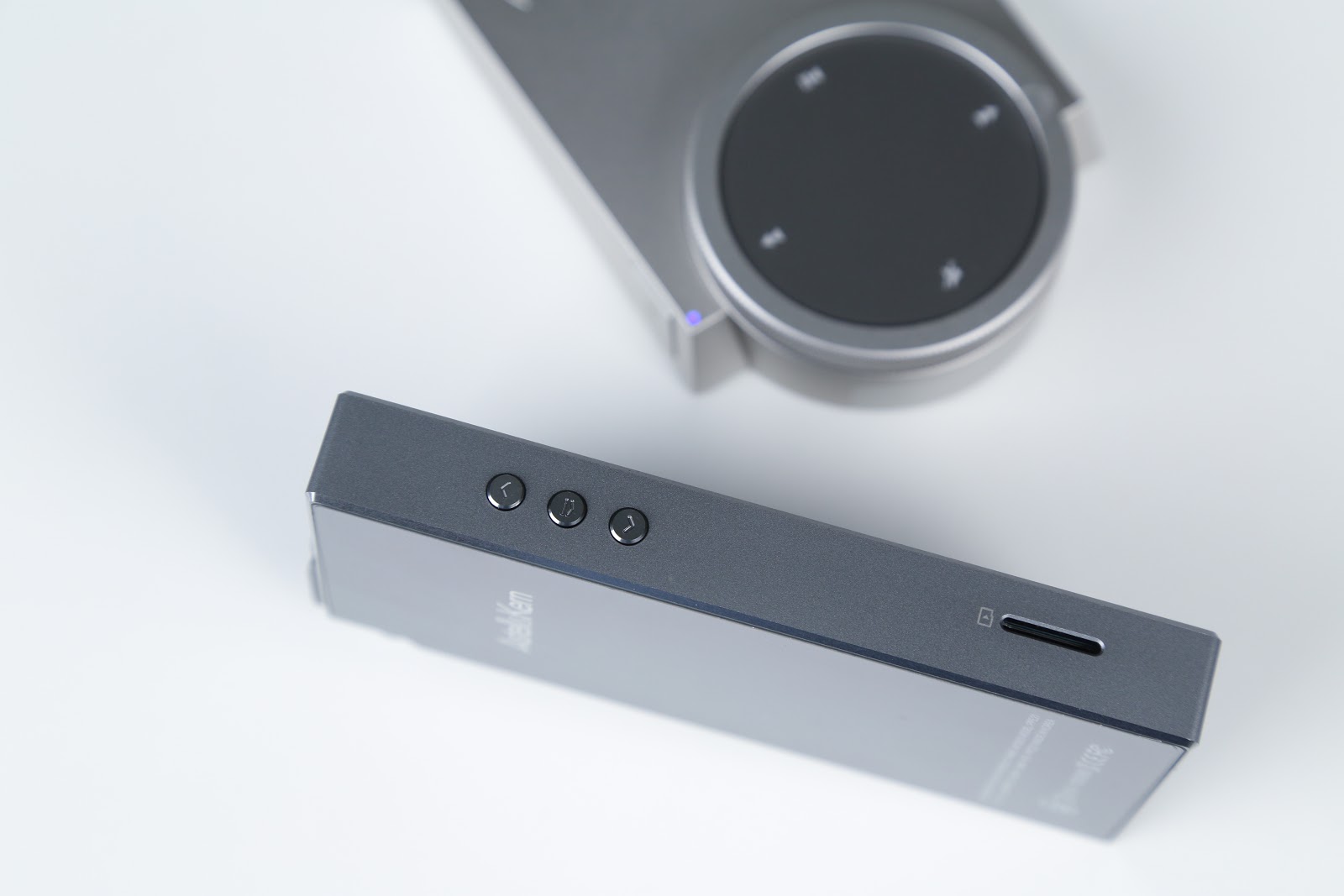
The iRiver’s debut at one time was the iMP-100 CD-MP3 player, which was so much liked by customers that the manufacturer quickly expanded the range of devices it produces, mainly, of course, MP3 players. And while the first iPod was just emerging in the famous campus walls in Cupertino, without any exaggeration, iRiver was one of the kings of the market (admit, who had iRiver?). However, soon the degree of competition reached such values that the younger producers ousted from the market by many younger manufacturers.
Nevertheless, iRiver didn’t get lost and quickly switched to the production of Hi-End players under the Astell & Kern brand. Not to say that the path to fame and user recognition was too long, and now many connoisseurs of first-class design and high-tech "stuffing" choose players from this manufacturer. One of the most popular audio players is the
AK100 II , with which we will take a closer
look today.
When developing the AK100 successor, Astell & Kern engineers had a difficult task - to fix the small flaws of the first generation audio player, as well as to improve its sound characteristics. As a result, the AK100 received a new dual-core processor, the implementation of a balanced circuitry output with a single DAC chip, as well as an updated design with improved ergonomics.

Equipment
The AK100 II comes in a stylish black Astell & Kern box, familiar to us from other manufacturer's audio players. Below it, the player himself immediately meets us - the approach to packaging and its design is somewhat reminiscent of that of Apple.
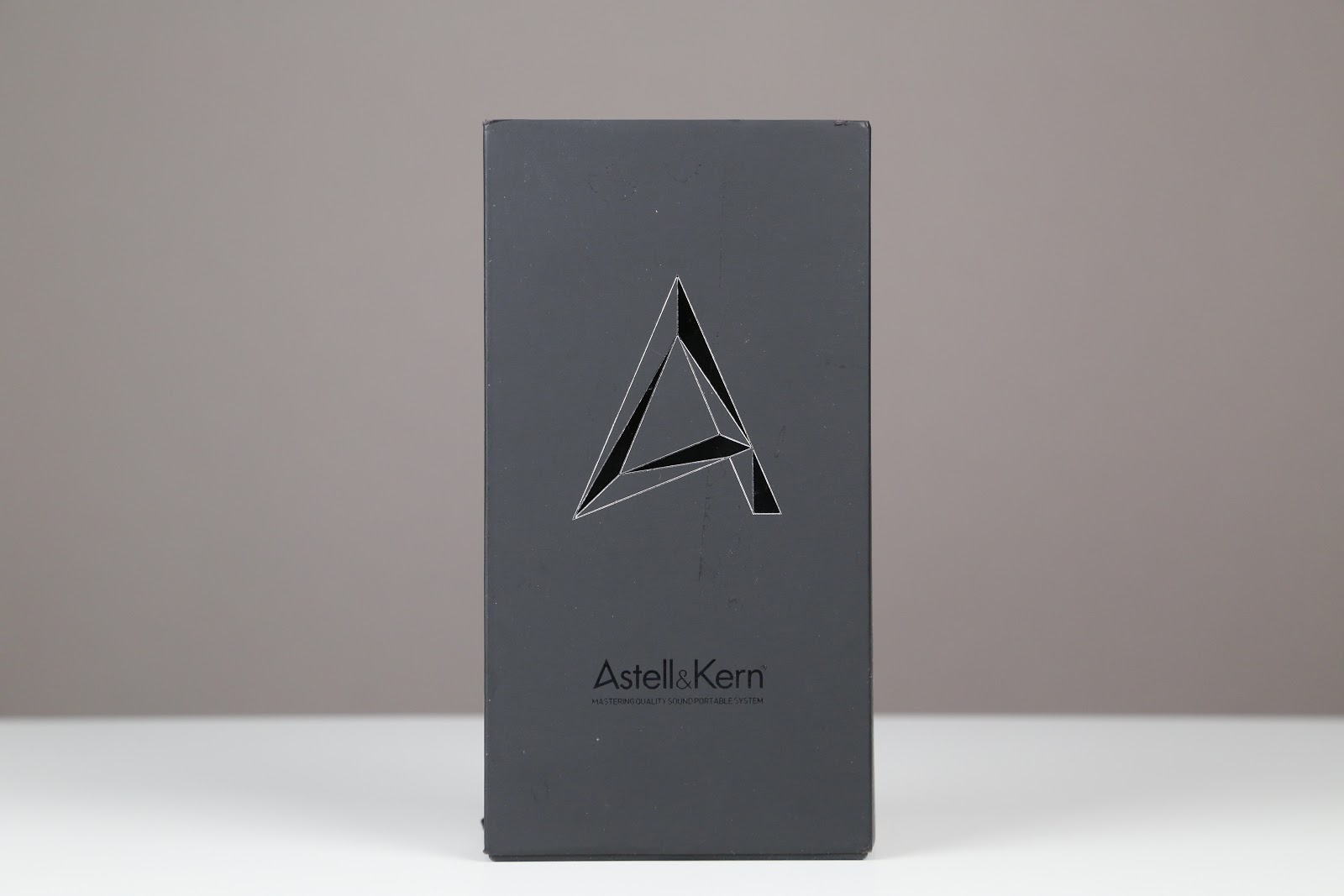
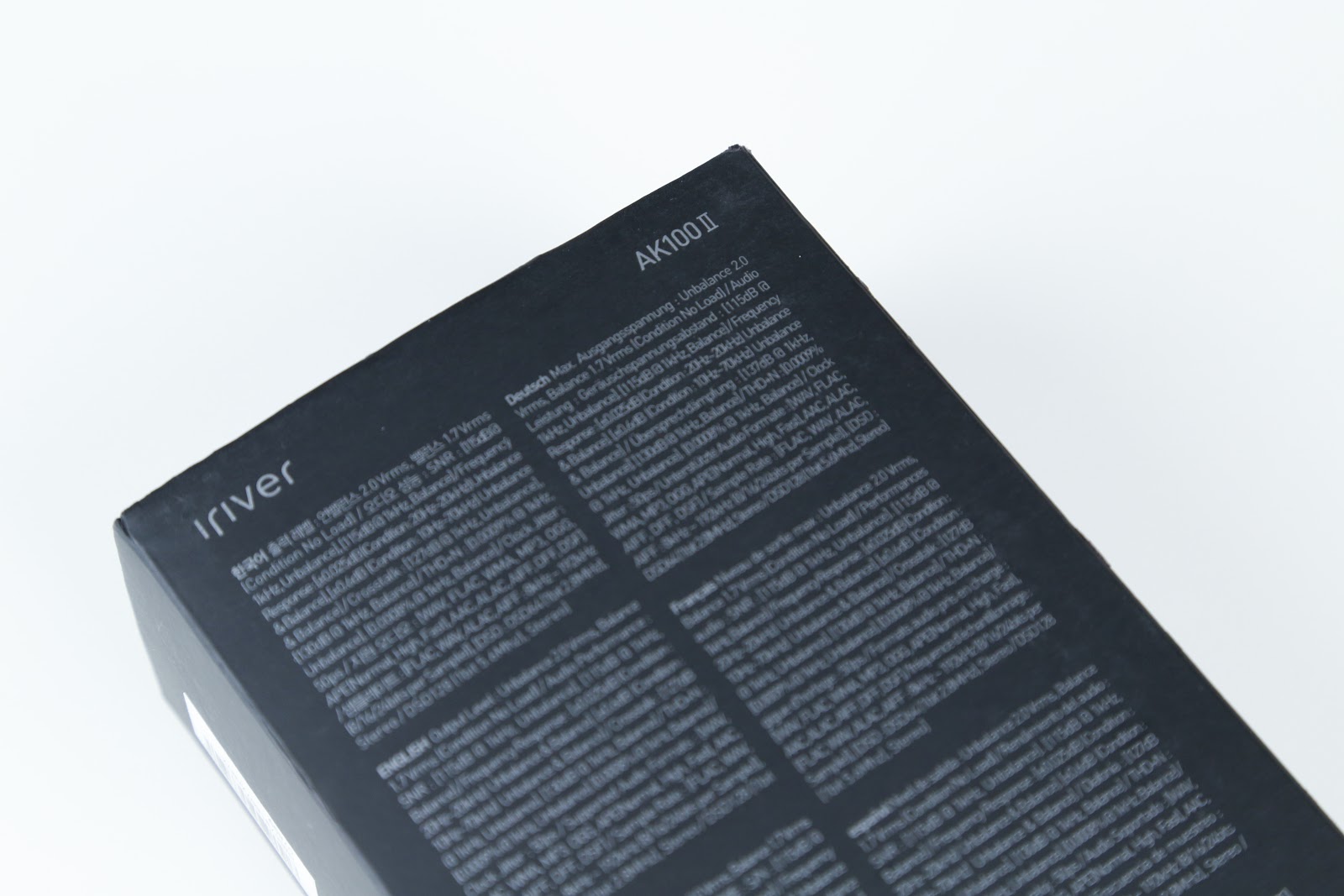

Inside, perhaps, everything is even too minimalistic: the necessary documentation, a micro USB cable for charging, a set of protective films and a branded solid fabric case. I would also like to have the included audio cable, but this player is usually connected to headphones, which themselves have a removable high quality cable - like
Campfire Audio Andromeda .

As for the culture of wearing a device of this level in the case, everything is individual here. Some are painfully sensitive to the slightest wear on the case, while others look at it more simply, preferring design rather than practicality.



Design
The second generation AK100 has received some design innovations compared to the debut model. For example, the volume control has become more convenient - it "moved" a little higher to make room for an increased battery. The diagonal of the AMOLED screen is now 3.31 inches, compared to the first-generation display with a resolution of 800 x 480 pixels (WVGA) has almost doubled. The screen is touch-sensitive and contains much more information: instead of 4 covers, you can fit 6 on it, and long track names are displayed in full.
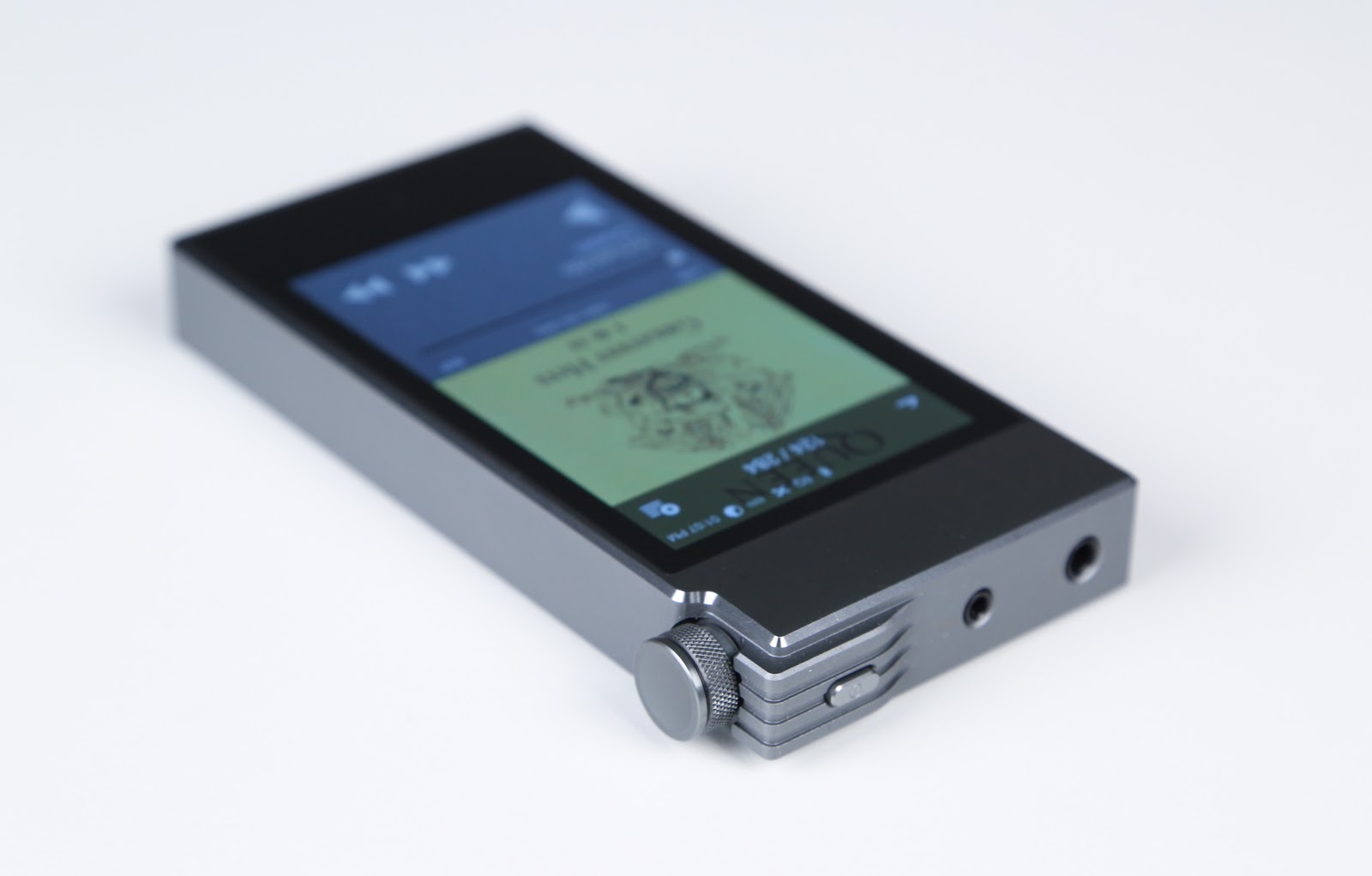
The AK100 II itself looks like a hi-fi bar from the future. Let not everyone like the asymmetry, which has become the hallmark of Astell & Kern devices, there are quite a few fans of this approach to design. However, in our today's guest it is not as pronounced as in the AK320 or AK380, which makes it more versatile. Ergonomics at a height, the player fits comfortably in your hand, the controls are sharpened specifically for the user.

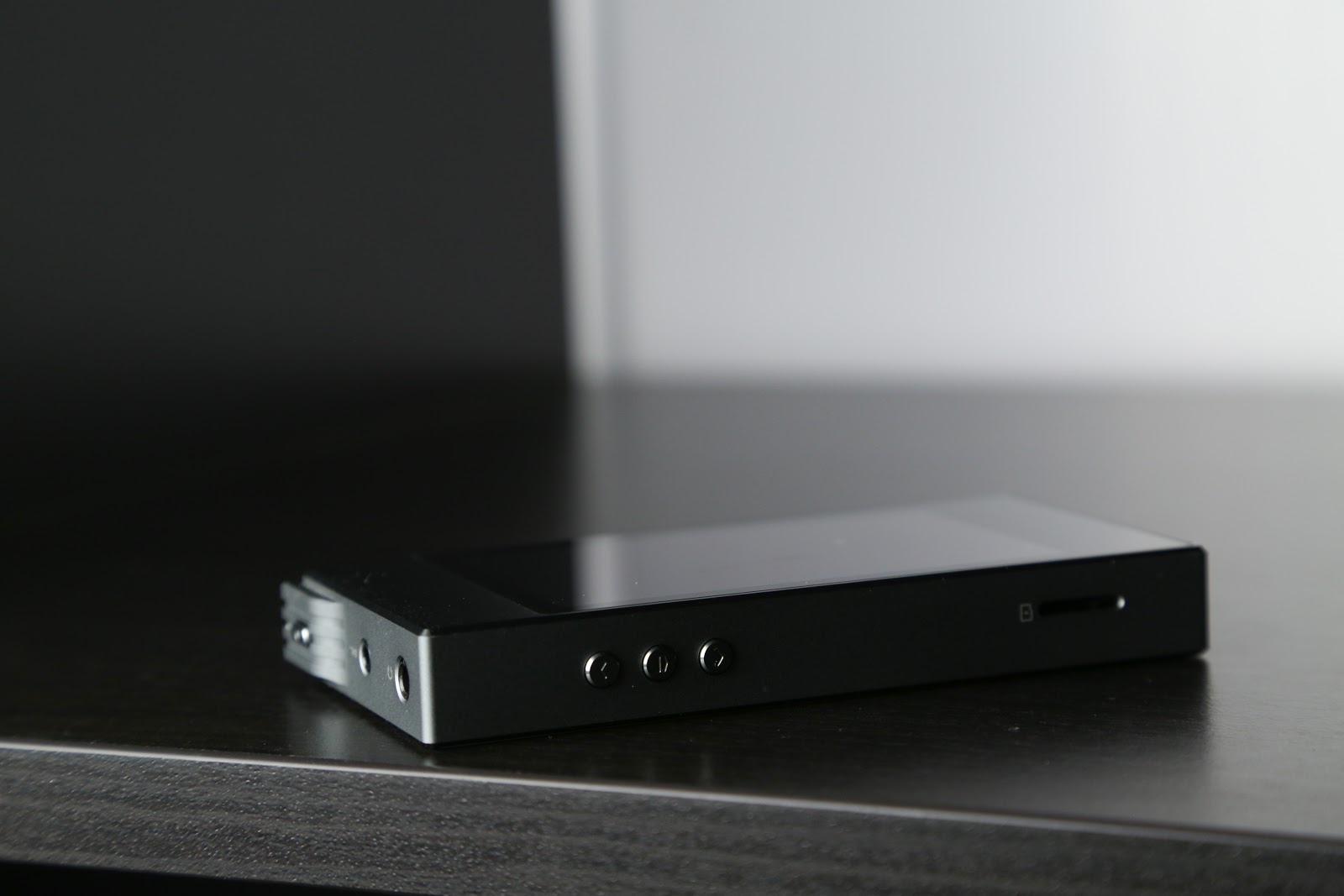
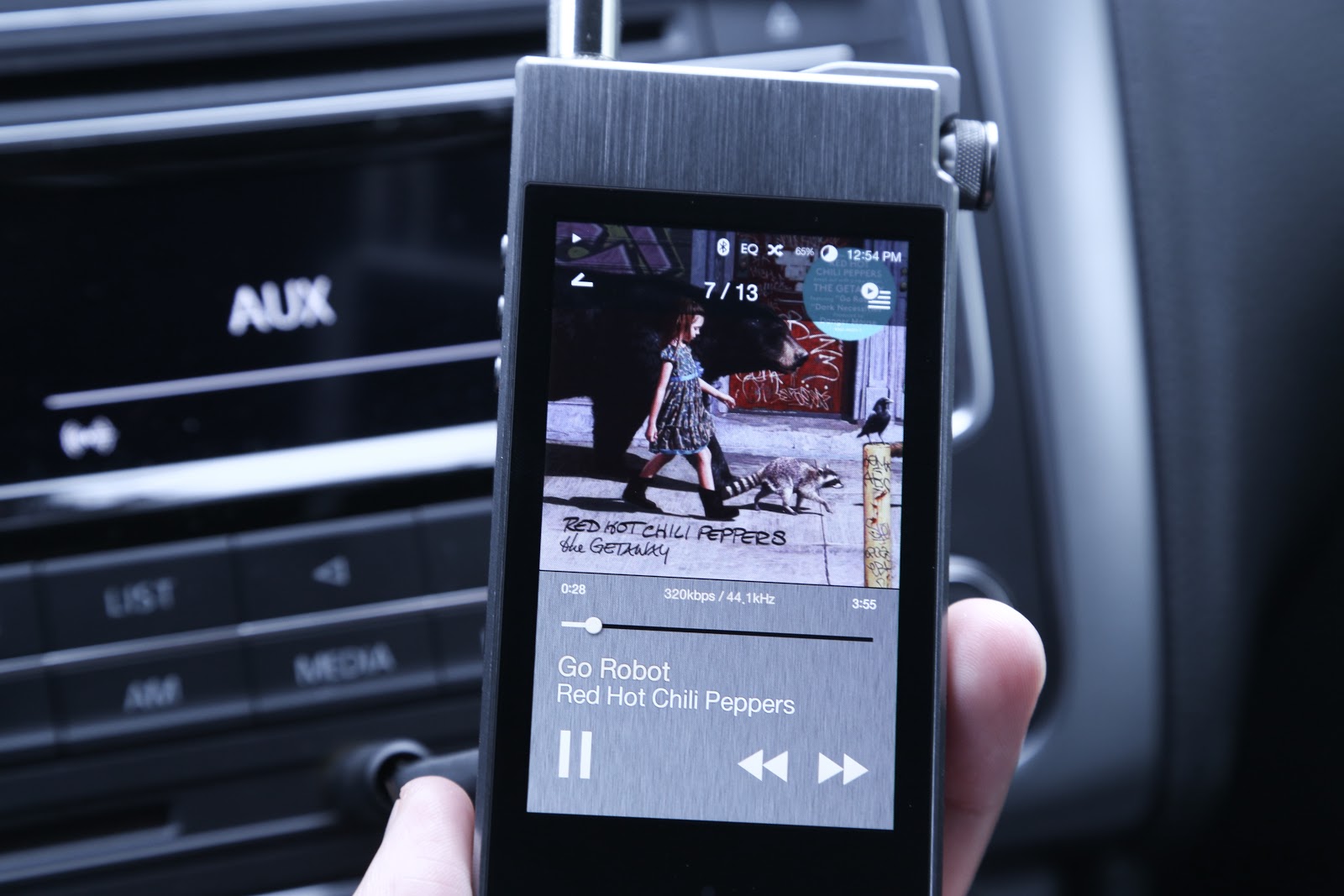
On the side panels of the faceted aluminum case, there are buttons for switching tracks and one that is responsible for managing playback. On top - the power button, as well as two outputs - 3.5 mm for headphones and a balanced 2.5 mm. There is a slot for microSD memory cards up to 128 GB. Given that the built-in NAND-memory audio player is 64 GB, the total memory will be enough. The volume control is made in the form of a 150-step analog mechanical potentiometer.



Astell & Kern always had good appearance with audio players. Corporate logo on the back, metal texture of the case - all that is. But compared to the AK100 of the first generation, the step, more precisely, the leap forward is visible even with the naked eye. AK100 II does not look like a device from the early 2000s, it is a real player of the XXI century. However, let's not talk for a long time on the topic of design, let's begin our acquaintance with the player's “stuffing” - first of all, with technical characteristics.
Specifications
frequency range
| 20 - 20000 Hz
|
Signal to noise ratio
| 115 dB / kHz
|
Crosstalk
| 127 dB / kHz (unbalanced) / 130 dB / kHz (balanced)
|
Nonlinear distortion factor, intrinsic noise level
| 0.0009% 1 kHz (unbalanced) / 0.0008% 1 kHz (balanced)
|
Output impedance
| 1 ohm (balanced 2.5 mm) / 2 ohm (unbalanced 3.5 mm)
|
DAC
| Cirrus Logic CS4398
|
Screen
| 3.31 inches, 480 x 800, touch
|
Built-in memory
| 64 GB
|
Memory card support
| microSD up to 128 GB
|
Wireless interfaces
| Wi-Fi (802.11 b / g / n 2.4 GHz), Bluetooth 4.0
|
Supported Formats
| WAV, FLAC, WMA, MP3, OGG, APE (Normal, High, Fast), AAC, ALAC, AIFF, DFF, DSF
|
FLAC, WAV, ALAC, AIFF sampling rate
| 8 kHz-192 kHz (8/16/24 bit)
|
DSD sample rate
| DSD64 (1 bit 2.8 MHz), stereo / DSD128 (1 bit 5.6 MHz), stereo
|
Battery capacity
| 3 250 mAh
|
Outputs
| 3.5 mm for headphones, balanced 2.5 mm
|
Dimensions
| 55 x 111 x 14.9 mm
|
Weight
| 170g
|
Body material
| Aluminum
|
Music can be played using the built-in memory or from a microSD card, the micro-USB port is used to charge the audio player and connect it to a computer. MTP mode is responsible for copying files, although speed leaves much to be desired. To use the device as a USB DAC (24-bit output, 96 kHz), the DAC Input mode is provided.
In the second-generation AK100, one 24-bit Cirrus Logic CS4398 chip is responsible for the digital-to-analog conversion, the increased output power is due to the presence of an upgraded reconfigured A-amplifier. The player is able to play 5.6 MHz DSD, the unbalanced output provides the ability to output a digital stream SPDIF via the TosLink interface. A feature of the player has also become a more precisely tuned equalizer, as compared with the 5-band one in the first generation, we have a 10-band one. Well, without customizing a few user equalizer presets for various genres, of course, it did not go off.

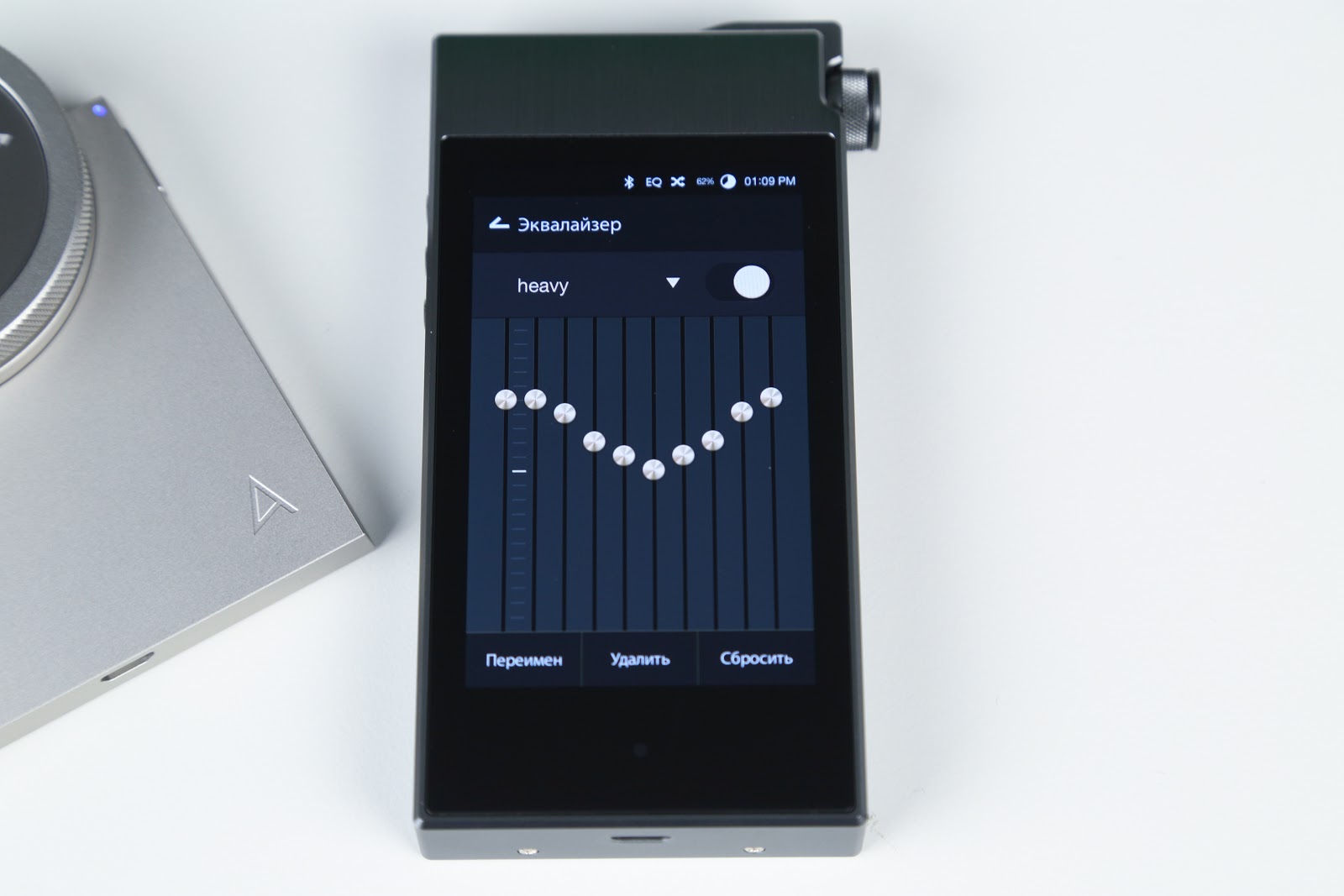
Those who are already familiar with modern Astell & Kern players will not be surprised at the possibility to update the device firmware using Wi-Fi without connecting it to the computer, but the iRiver followers will be satisfied. You can do without wires even if it comes to downloading music - besides the Mac or computer on Windows you can connect the AK100 II, you only need the pre-installed
Astell & Kern MQS Streaming Server software . Bluetooth makes the player more portable - for example, you can connect it to the standard car audio system (we will do it a little later) while the owner travels from one country house to another.
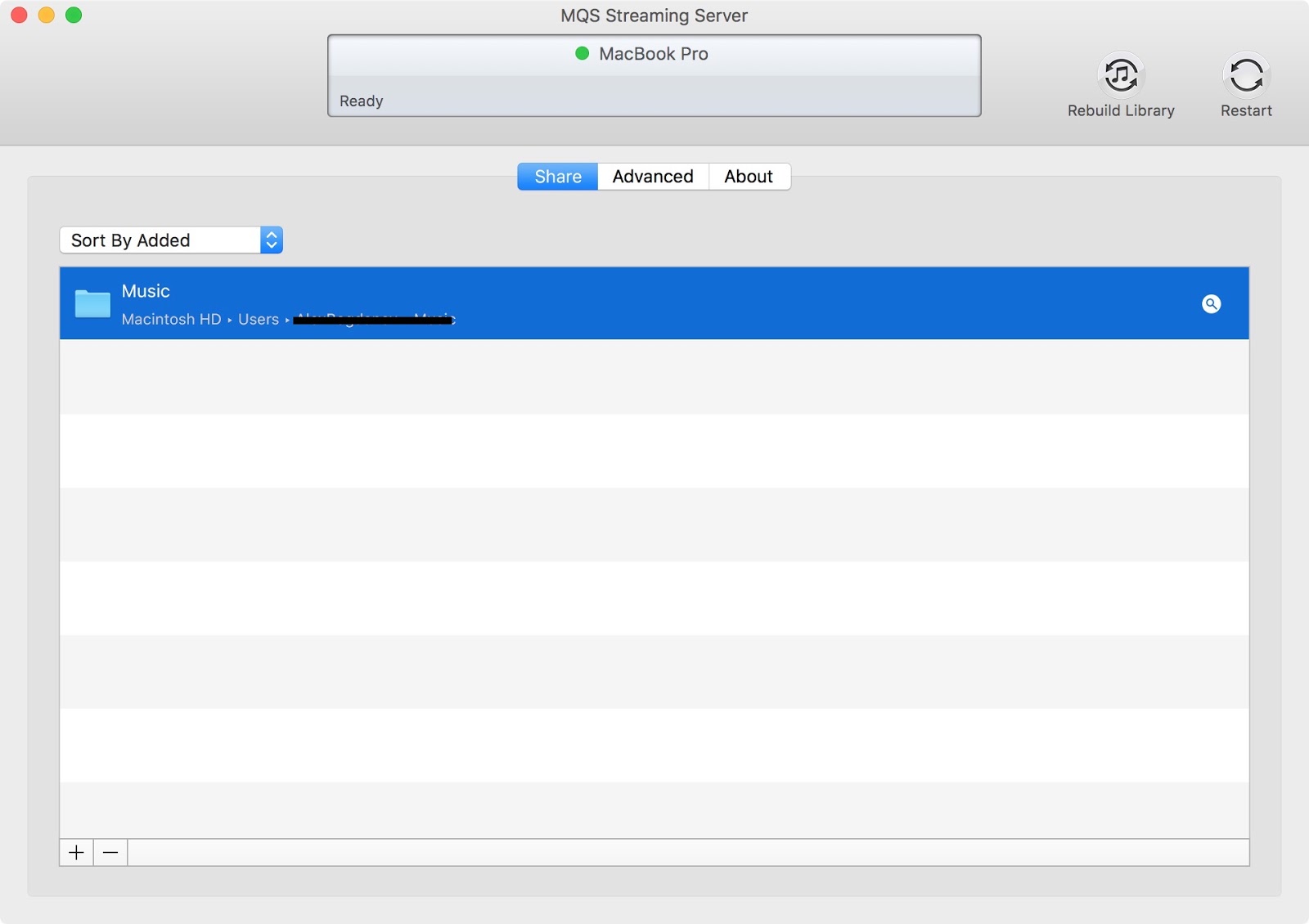
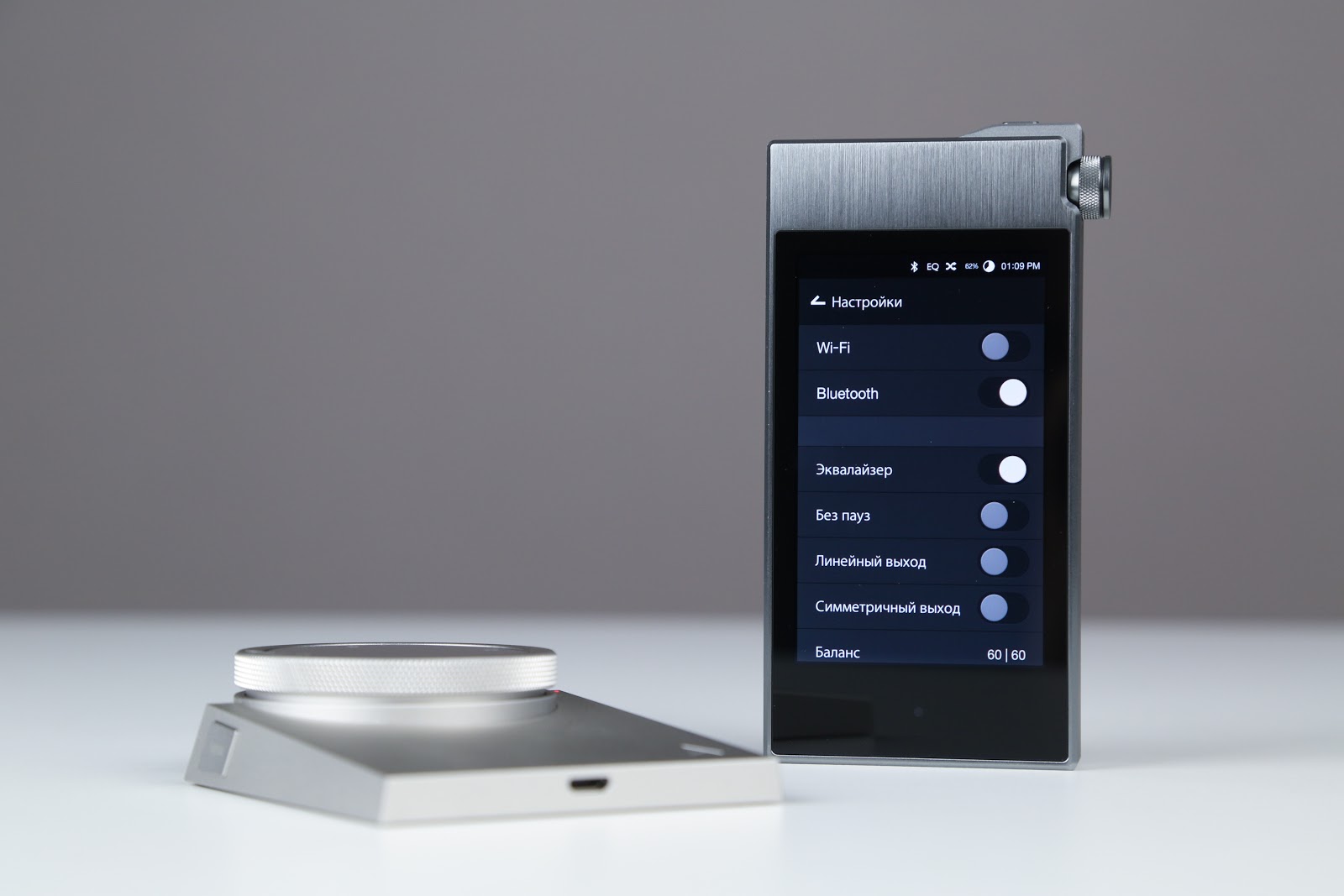
As for battery life, the battery capacity of 3 250 mAh increased the battery life compared to the first generation of the player up to 8 hours. It takes about the same amount to fully charge, so it’s best to connect the audio player to the power adapter at night.
Interface
The AK100 interface of the second generation does not cause any questions at all - it is simple and intuitive, you can learn to quickly navigate through it already on the first day of use. Quick access to albums, tracks and playlists, split in half screen - all this is familiar to users of Astell & Kern audio players. The section with the settings is not very large, but there is everything you need: from setting the language, balance and updating the firmware to the equalizer, activating the linear output and so on. The top “curtain”, caused by a swipe from top to bottom, will be familiar to iOS and Android device owners — quick access to the main features of the player is implemented, as well as notifications are collected — for example, if a new firmware is available.

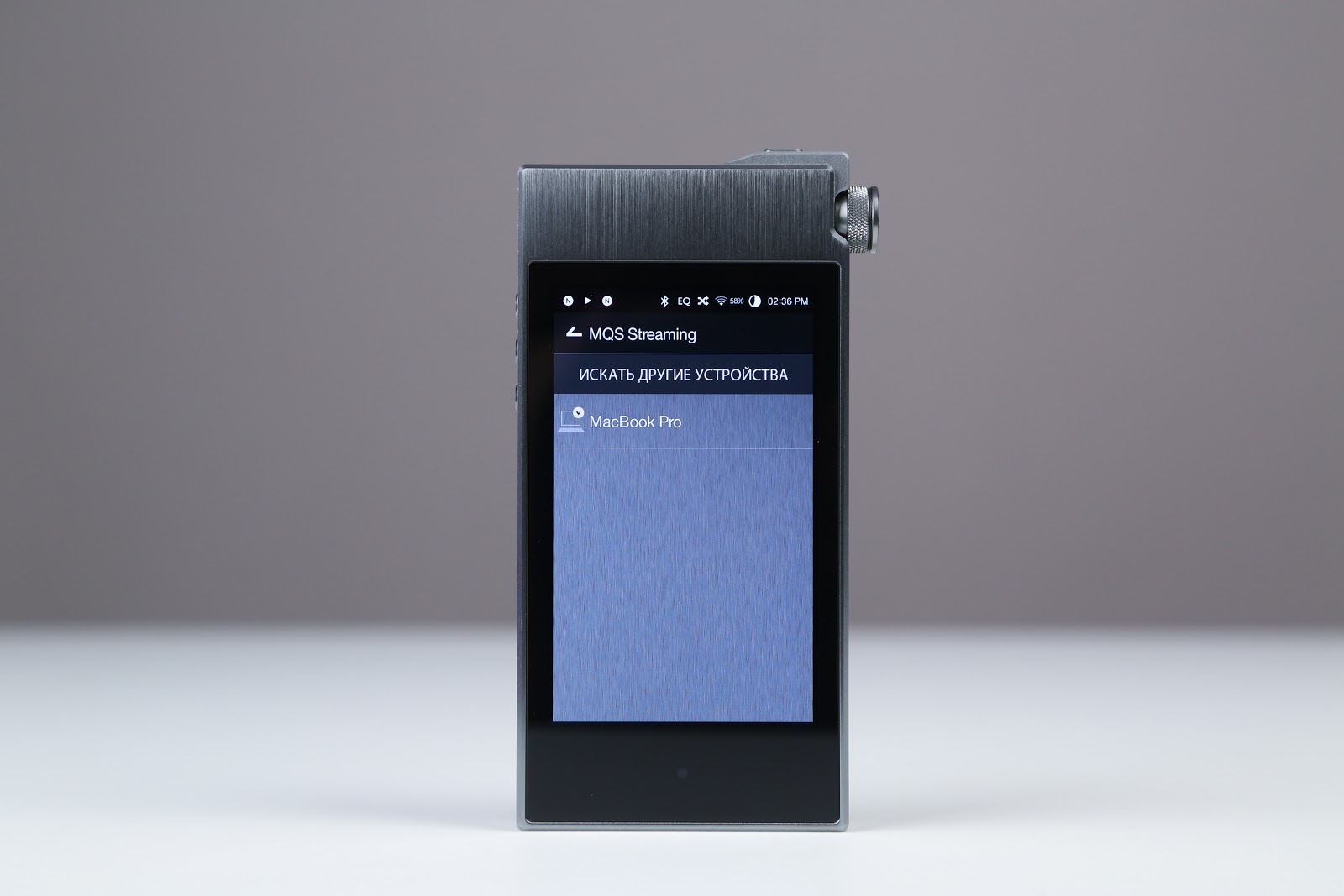
Separately, I would like to note the informative top panel, where you can find out whether Bluetooth and Wi-Fi are on, equalizer, track playback mode, charge level, of course, and other parameters for which you don’t want to go into the settings once again. The sensor works quickly and without complaints - so that sometimes it is even more convenient to adjust the volume with its help than with a mechanical “wheel”. Although not so interesting.


On four wheels
We will also tell you how the AK100 II behaved while listening to music with the help of headphones, but for the beginning we will carry out a test that is not completely familiar, but still. The fact is that in addition to the audio player itself, we had an equally interesting device called
AK RM01 : it is a remote control for Astell & Kern players, which is connected via Bluetooth.
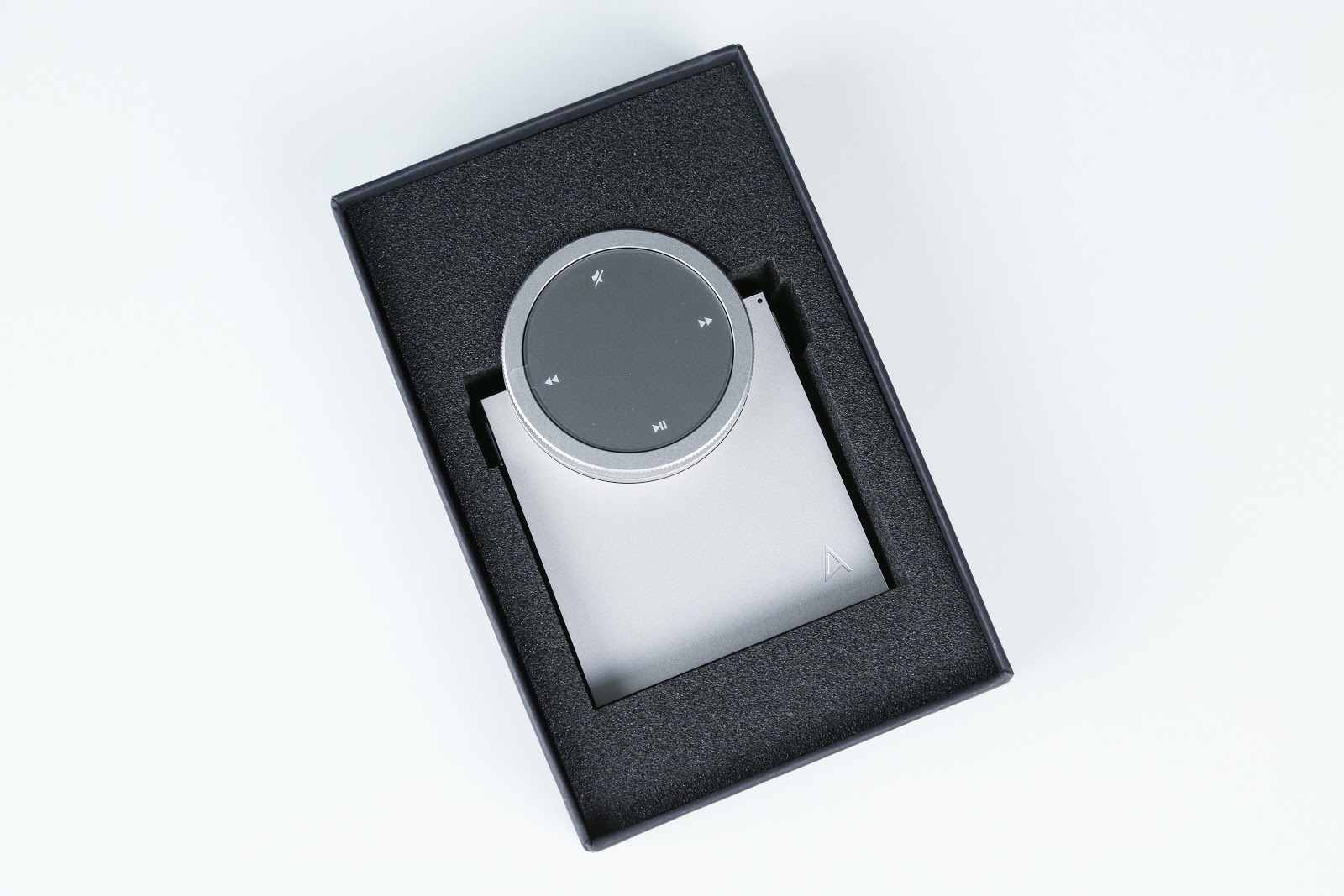
This is an aluminum ingot with a very interesting design. Above there is a large volume control wheel, on it there are touch-sensitive playback control buttons: you can switch the track, stop the music, turn off the sound.


On the sides - the power button and the Mode button to switch between playback sources (it looks like this):
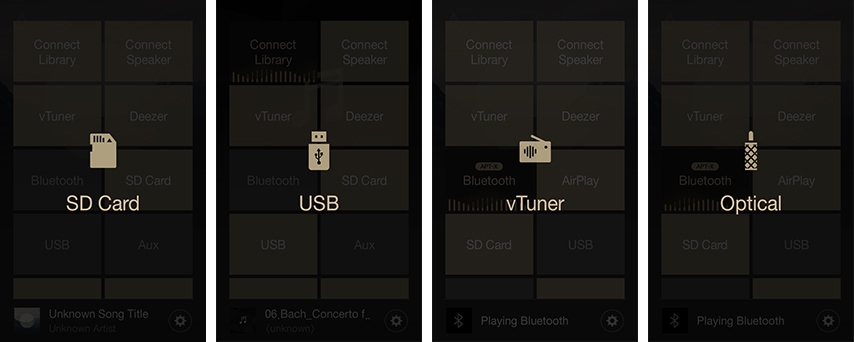

Connects AK RM01 to the audio player via Bluetooth - just turn on the remote itself, go into the Bluetooth settings and select the device among the available ones.
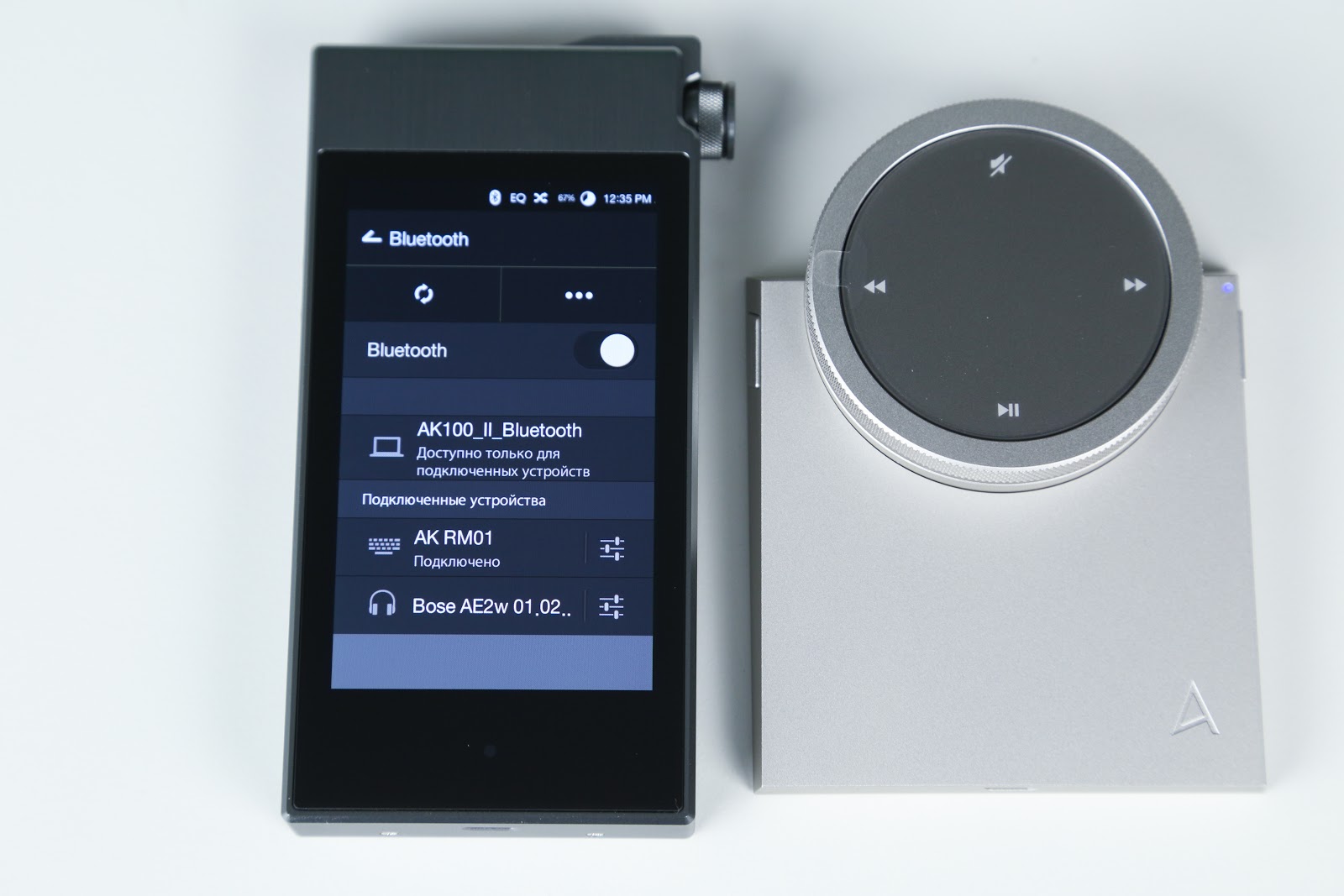
Immediately you can come up with at least two options for using this bundle - evening home gatherings with the AK100 II connected to an external audio system, when you do not have to run to the player every time to switch the track, and ... in the car. Yes, connect the audio player itself, for example, via AUX, and control playback from the console yourself so as not to be distracted from the road each time. However, the option of traveling in the backseat of a BMW 7 Series is even more appropriate here - the car’s audio control center will always be at hand (in fact, should you not ask the driver for this?).
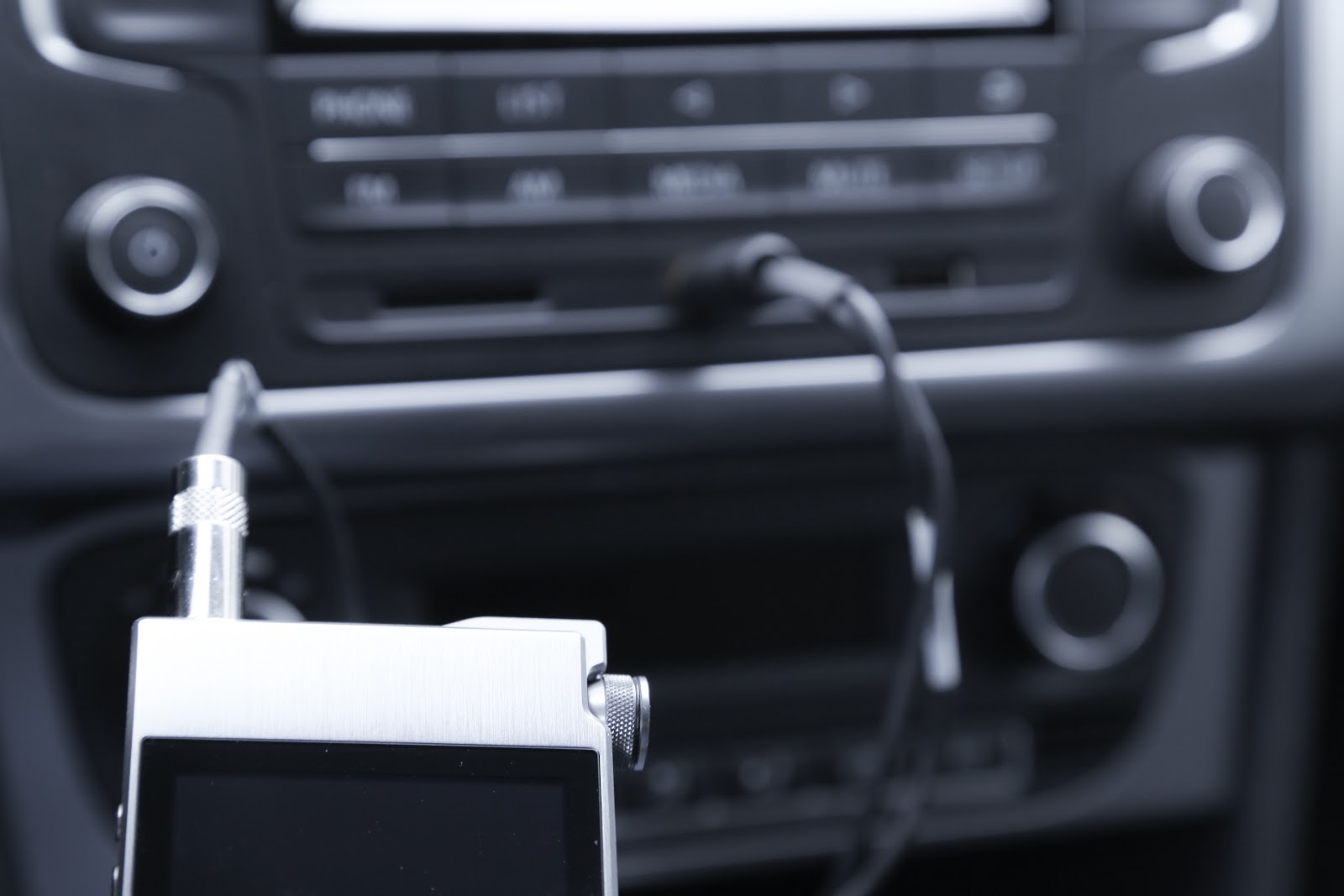
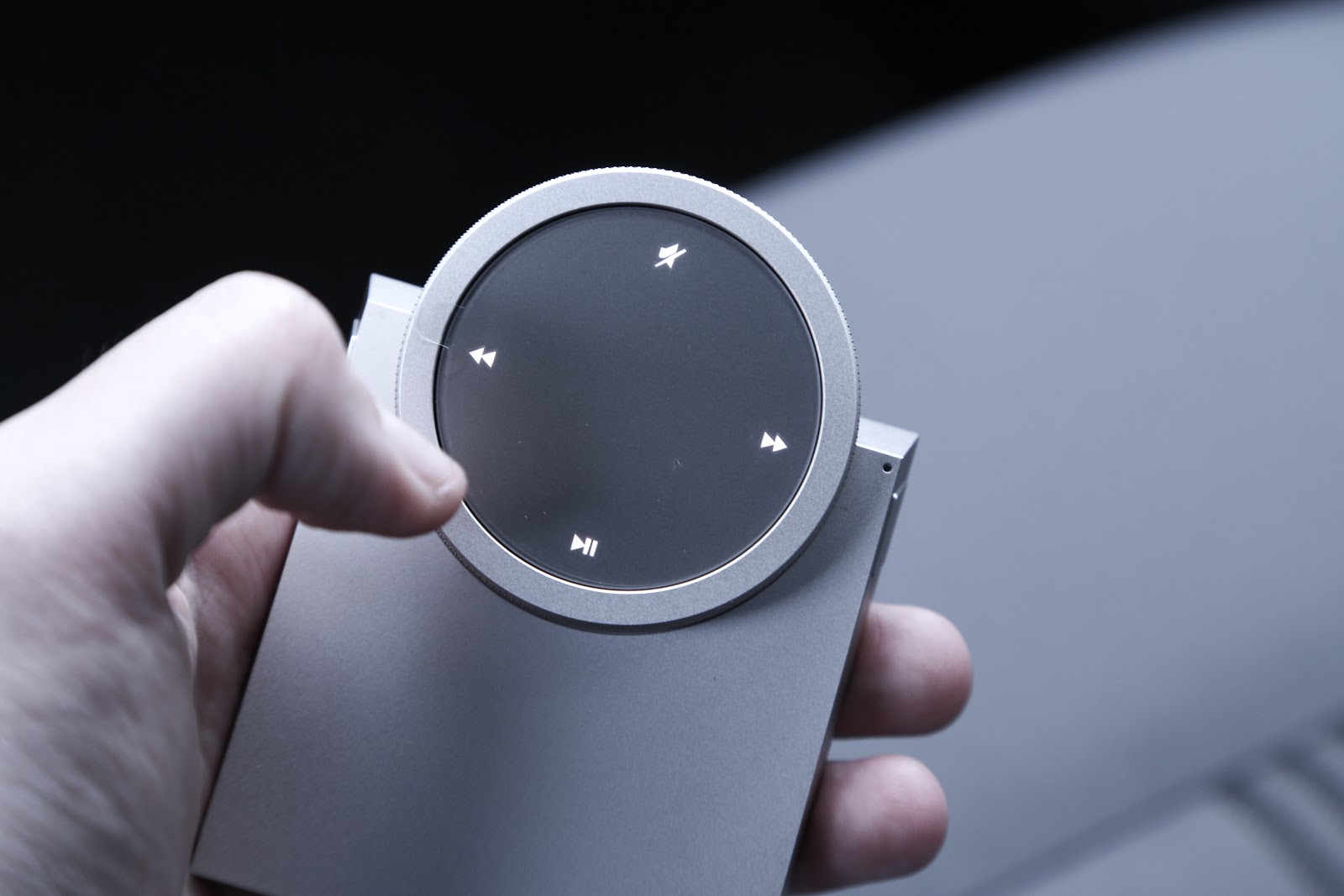
More seriously, the AK100 II and AK RM01 bundle really works great in a car, even if you are in the driver’s seat. At the beginning of a long trip, they connected the player to the car and put it in the glove compartment at least, and put the remote control on its side. The only caveat, perhaps - the acoustics in the car should obviously not be installed properly, unless the system from Bose, B & W or Canton is right in the car.
Connecting the player to the radio tape recorder like the RCD 510 330, of course, is possible, and the sound will be much more interesting than when playing tracks from the same iPhone, though you really won't get full satisfaction. But even an inexpensive tape recorder can work with an audio player of this level via Bluetooth, and this is an obvious plus (it’s worth remembering that when the engine is disconnected, the player will lose the connection and go into sleep mode).
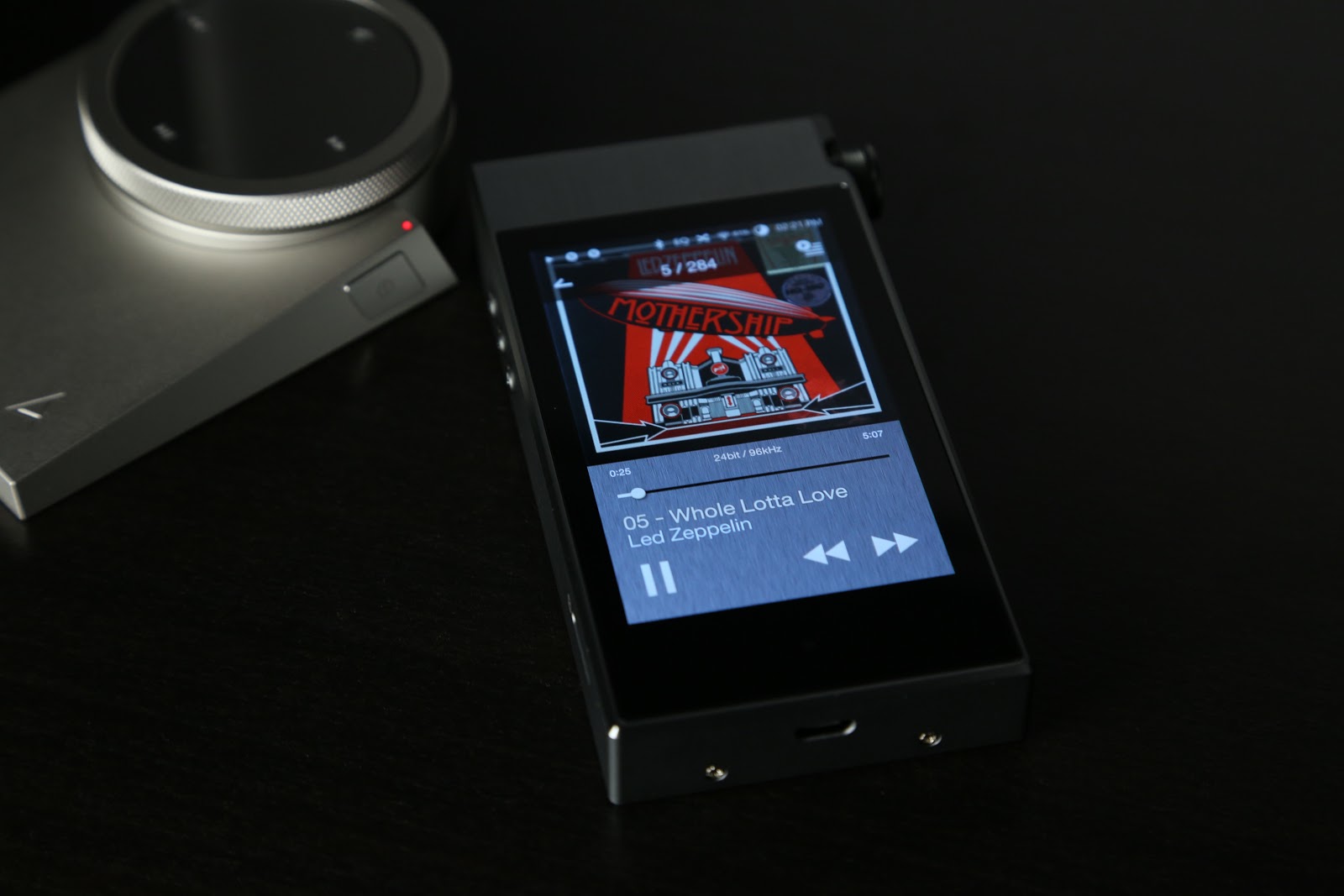

As for the second generation AK100 listening experience in the car, the player can be described as impressively deep bass, very clear sound and good separation of musical instruments. To find fault with something here is very difficult.
Sound
However, with headphones
AK100 II behaved no worse. Basically, the audio player was tested with Campfire Audio Andromeda, but for the sake of experiment, a couple of samples from other manufacturers were also connected to it. “Heavy” genres go very well on it, but the player did not disappoint with hip-hop. But for electronic music, perhaps, we should look for something else - there are no questions left to other genres.


In the external DAC mode, the player can be effectively used in the home systems of medium and high level, so that a stormy party or a languid evening by the fireplace are provided.
Conclusion
What can I say, Astell & Kern has once again justified its reputation as a high-quality, compact and easy-to-use audio player. The second-generation AK100 can easily replace a full-fledged media center, in no way inferior in terms of sound characteristics, and this is usually appreciated by audiophiles. Well, with the
AK RM01, the player becomes a universal media combine that can be safely used in a car. And the producer was pleased with the price this time - the AK100 II became one of the most
affordable audio players from Astell & Kern (about 45 thousand rubles), without losing the sound of its fellows, which are several times more expensive.